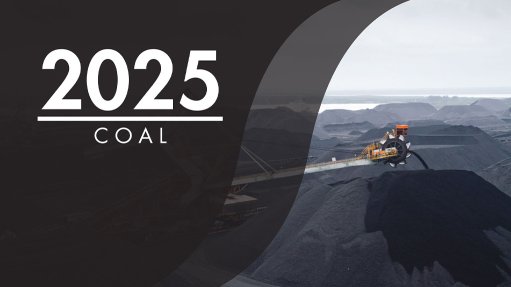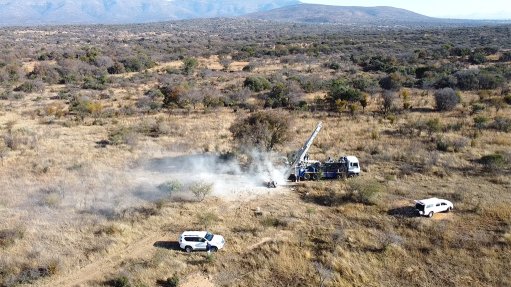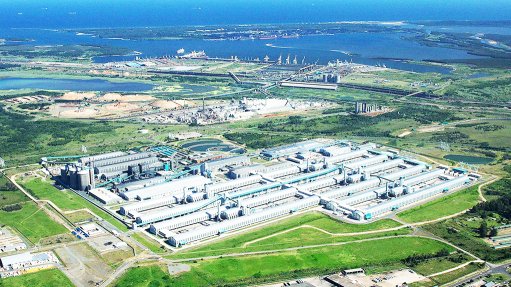New framework aimed at streamlining PPP process takes effect
The National Treasury’s amended Regulation 16, which governs public-private partnerships (PPPs), kicks in on June 1, with the aim of attracting more private-sector investment.
The amendments are designed to streamline the PPP process, create a more investor-friendly environment and facilitate greater private-sector participation in infrastructure development.
The amendments to the Public Finance Management Act are aimed at streamlining the approval process for projects valued at under R2-billion and potentially fast-track their implementation. They also introduce the concept of unsolicited proposals – one of the most significant impacts of the amendment.
Pinsent Masons partner Claire Barclay notes that while smaller capital projects will undergo what appears to be a more expedited process, procurement documents must still be submitted to the newly established PPP Advisory Unit for review and recommendation before being finalised and released for procurement purposes.
This may not necessarily translate into an expedited process.
Another concern is the somewhat overly central role the National Treasury will continue to play, which Barclay says is not |conducive to a steady and expedited pipeline of infrastructure projects.
“There should be a level of oversight. The question is whether or not it should all be focused or centralised into the National Treasury,” she says, suggesting this could be a possible hindrance to smooth and efficient decision-making.
While the regulatory changes are a welcome attempt to address some of the criticisms levelled at PPP processes, with the potential to strengthen institutions, improve fiscal risk reporting, bridge the affordability gap and accelerate project timelines, they may not be the panacea the water sector requires.
Fiscally weak local governments continue to make PPPs difficult to finance owing to lender credit risk, and there is a critical need for credit enhancements from the Department of Water and Sanitation (DWS) and the National Treasury to demonstrate support for local municipalities and ensure water PPPs are viable for lenders.
Most municipalities do not have the balance sheets to attract private-sector capital, and their limited creditworthiness and the dire state of municipal finances make PPPs more difficult.
“Part of the issue is that the Municipal Finance Management Act was drafted in a very different era to where our municipalities are today. It was drafted in 2003, when most of our big metropolitan municipalities were double A grade in terms of credit rating, were self-sustaining and were run well.
“The view was that there was not a need for national government to provide any sort of credit support to municipalities because they were well functioning.”
The legislation does not empower the National Treasury or national government to provide security or guarantees to municipalities when they enter into a PPP agreement.
While the National Water Act and the Water Services Act enable the DWS to provide financial support, this is done on a grant basis.
While municipalities could seek assistance from development finance institutions, including some form of credit guarantee for a lender, this could drive up costs and make these transactions expensive for government, which will ultimately pass this cost on to the consumer.
“There is a lot of constraints for them to navigate just to be able to conclude a PPP agreement.”
The DWS and the National Treasury should consider creative mechanisms for underwriting water PPPs, ranging from extending financial assistance to municipalities’ water services authorities to allow them to provide the security needed by lenders, to extending credit guarantee vehicles that the National Treasury is currently establishing for electricity transmission infrastructure to water projects.
“There are other initiatives that are happening in government that will certainly, if they get the right levels of support and if they are structured correctly, make a big difference to how water infrastructure is delivered at scale, particularly at a local government level.”
What has worked particularly well in South Africa are big programmatic procurements, such as the Renewable Energy Independent Power Producer Procurement Programme (REIPPPP), which gained world acclaim for being well structured bankable procurements, aligning with private-sector risk, following international best practice, maintaining openness and transparency and providing stability for the private sector.
Further, Barclay expresses optimism about the DWS’s Water Partnerships Office, in collaboration with the Development Bank of Southern Africa and the South African Local Government Association, which aims to create opportunities for the private sector to support local municipalities in delivering water and sanitation services in a scalable and programmatic manner.
“What the Water Partnerships Office is planning to do is excellent, and I think that is the catalytic thing that is going to really make a difference for water boards and at a local government level, and to a whole range of different interventions, from desalination and nonrevenue water to reuse and water treatment,” she continues, noting that the model is based on that of the IPP office that oversaw the REIPPPP.
“We have an excellent track record from the REIPPPP in South Africa. While the institutional structures in the water sector are more complex, I believe that the REIPPPP lessons can be successfully applied in solving our water infrastructure crisis.”
Article Enquiry
Email Article
Save Article
Feedback
To advertise email advertising@creamermedia.co.za or click here
Press Office
Announcements
What's On
Subscribe to improve your user experience...
Option 1 (equivalent of R125 a month):
Receive a weekly copy of Creamer Media's Engineering News & Mining Weekly magazine
(print copy for those in South Africa and e-magazine for those outside of South Africa)
Receive daily email newsletters
Access to full search results
Access archive of magazine back copies
Access to Projects in Progress
Access to ONE Research Report of your choice in PDF format
Option 2 (equivalent of R375 a month):
All benefits from Option 1
PLUS
Access to Creamer Media's Research Channel Africa for ALL Research Reports, in PDF format, on various industrial and mining sectors
including Electricity; Water; Energy Transition; Hydrogen; Roads, Rail and Ports; Coal; Gold; Platinum; Battery Metals; etc.
Already a subscriber?
Forgotten your password?
Receive weekly copy of Creamer Media's Engineering News & Mining Weekly magazine (print copy for those in South Africa and e-magazine for those outside of South Africa)
➕
Recieve daily email newsletters
➕
Access to full search results
➕
Access archive of magazine back copies
➕
Access to Projects in Progress
➕
Access to ONE Research Report of your choice in PDF format
RESEARCH CHANNEL AFRICA
R4500 (equivalent of R375 a month)
SUBSCRIBEAll benefits from Option 1
➕
Access to Creamer Media's Research Channel Africa for ALL Research Reports on various industrial and mining sectors, in PDF format, including on:
Electricity
➕
Water
➕
Energy Transition
➕
Hydrogen
➕
Roads, Rail and Ports
➕
Coal
➕
Gold
➕
Platinum
➕
Battery Metals
➕
etc.
Receive all benefits from Option 1 or Option 2 delivered to numerous people at your company
➕
Multiple User names and Passwords for simultaneous log-ins
➕
Intranet integration access to all in your organisation

















